Food & Culture
A celebration of coastal flavors, local traditions, and unforgettable experiences.
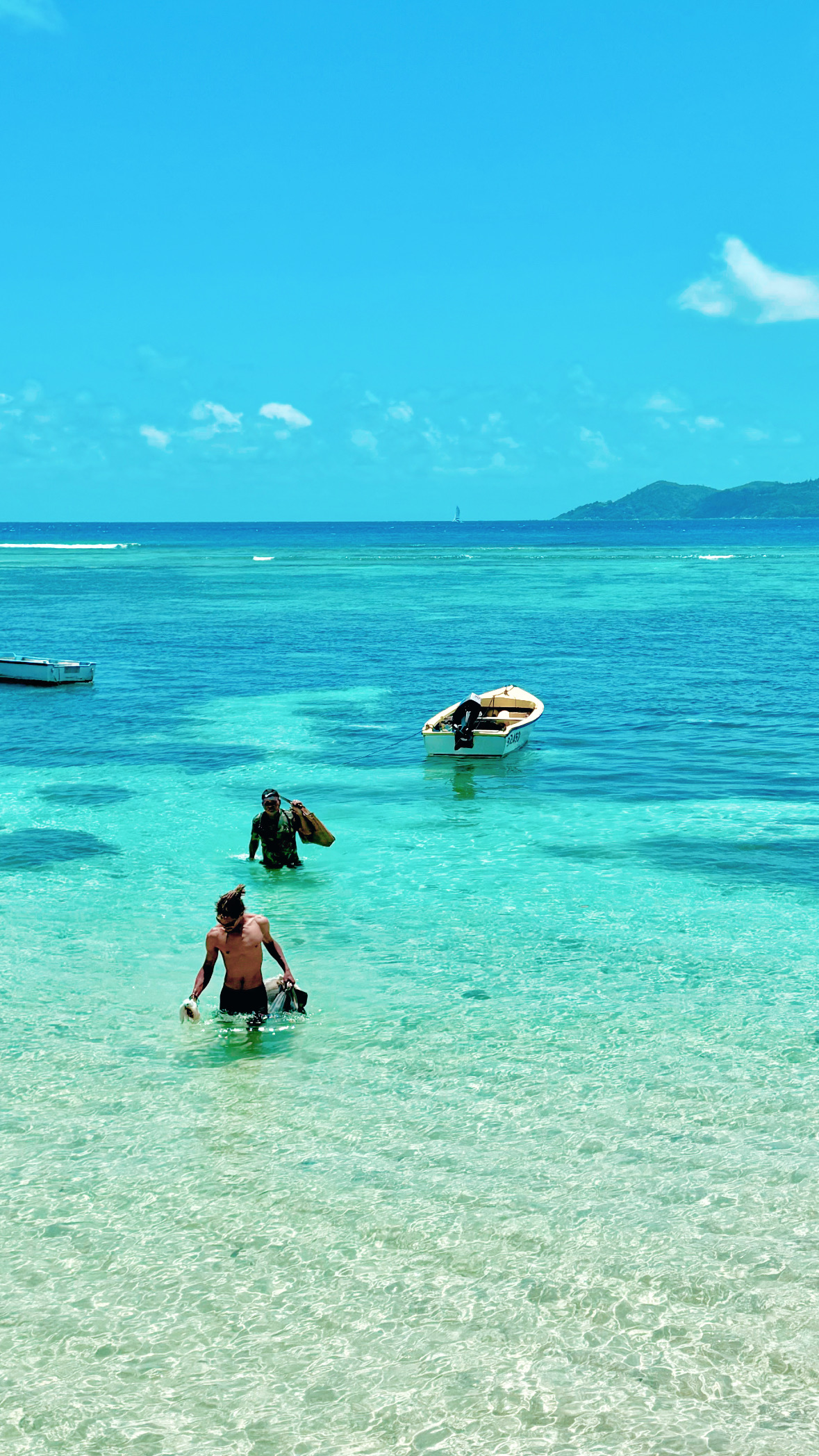
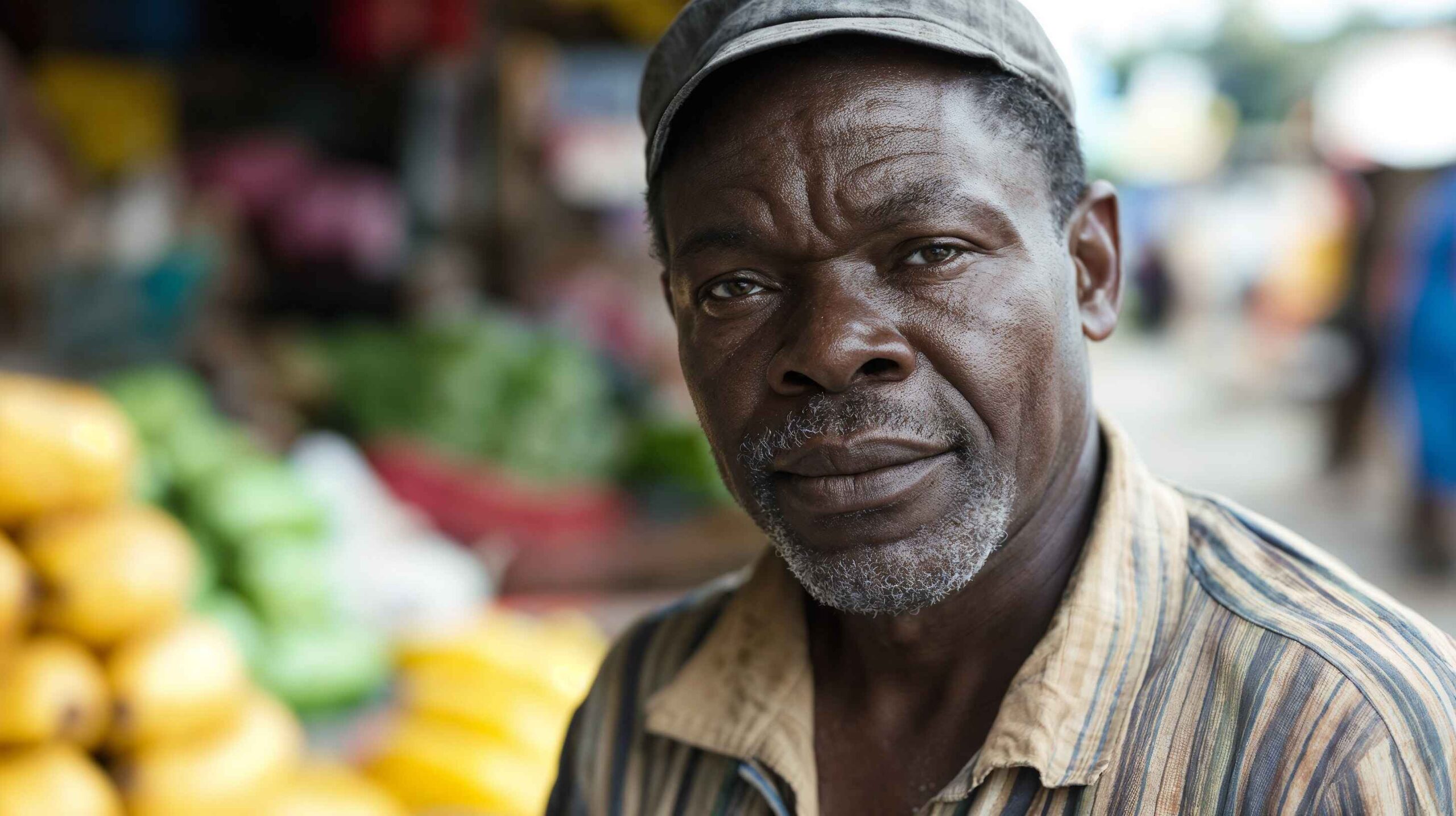
Culture:
The Seychellois people exhibit a true melting pot of different races and cultures. Originally settled in the 18th century by Europeans who brought African slaves to work on their plantations, the 19th century saw Indian, Chinese and Arabic traders arrive on the islands as well as free settlers from all corners of the globe. The result is a diverse and vibrant population characterised by their friendly nature and laid-back, happy-go-lucky attitude.
Creole Cuisine:


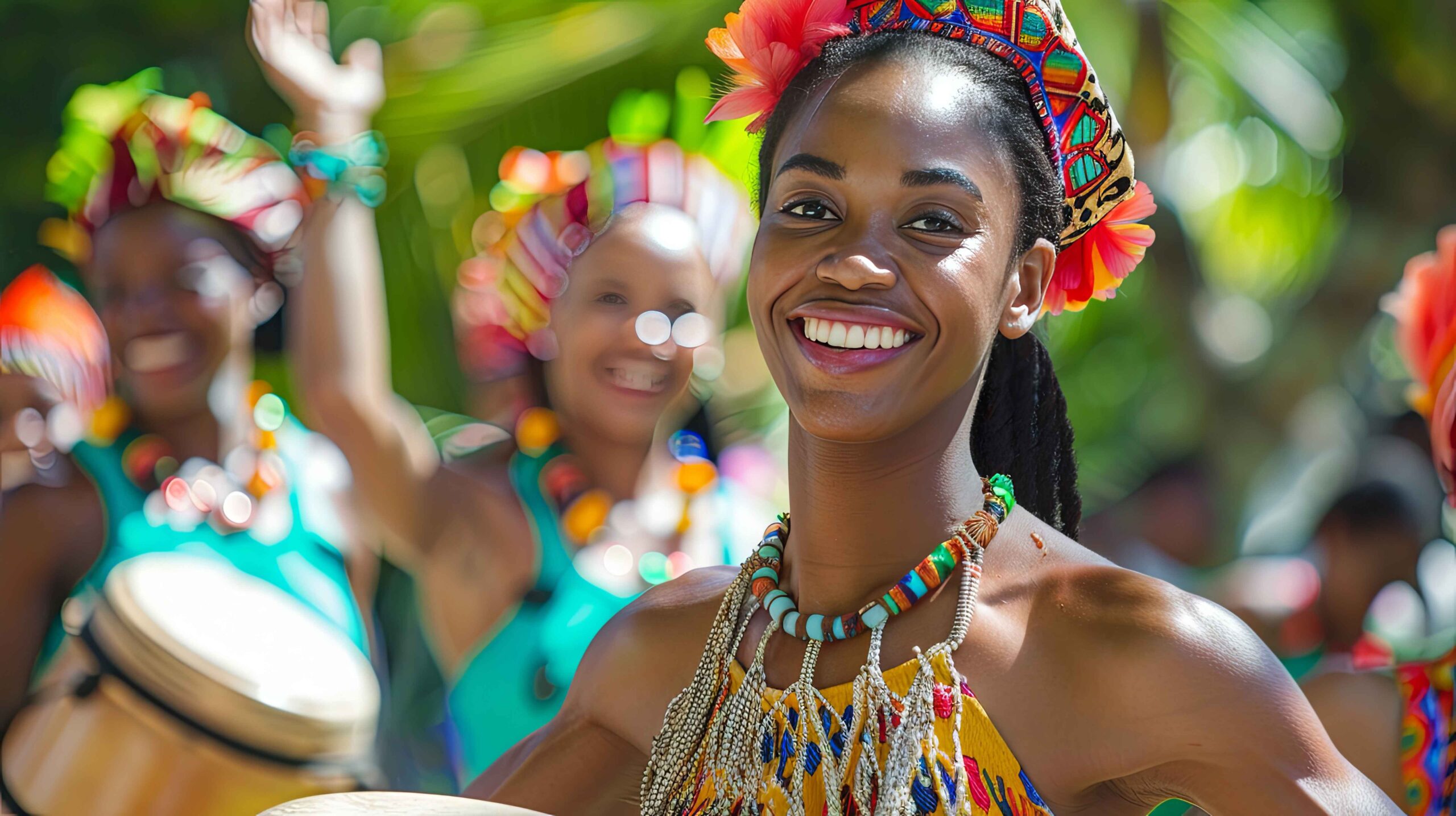

Music and Dance:
The music and dance that evolved in Seychelles reflect its melting pot of cultures. There are three types of music with a dance that are commonly associated with Seychelles—the moutia, sega, and contredanse. African rhythms are apparent in both the moutia and séga dances.
The sombre moutia is the typical dance of the Seychelles, with strong African and Malagasy rhythms which is usually played by the light of a beach bonfire. It’s a dance seen by the colonial authorities as so sexually brazen that it was banned. It is a primitive sounding beat played on a heated goatskin drum.
The songs are prayers which the slaves turned into work chants, and they’re accompanied by slow, repetitive dance routines. Performers often use satire to entertain and teach people of all ages it is a group dance done by the fireside with the men and women lining up facing each other. The dance is often accompanied by a tambourine-like percussion instrument and two types of stringed instruments—a zez and bow.
Sega is another song and dance with strong African influences that is popular in Seychelles. It uses similar instruments to the moutia and has a Calypso-like rhythm with a shuffling, hip-swaying dance. Variations of the sega can also found on other Indian Ocean islands.
The sokoué dance resembles masked African dancing. Dancers portray birds, animals, and trees.
The Contredanse is a style of country song and dance with origins in the court of King Louis XIV. It is a combination of waltz, polka, and berliner played by a fiddle, banjo, accordian, drums, and triangle.
Religion:
Roman Catholicism remains the dominant religion of Seychelles but there are also Anglican and Protestant churches and the places of worship of other denominations. These live in harmony alongside, Muslim, Hindu and Bahaï communities based on Mahé, Praslin and La Digue.
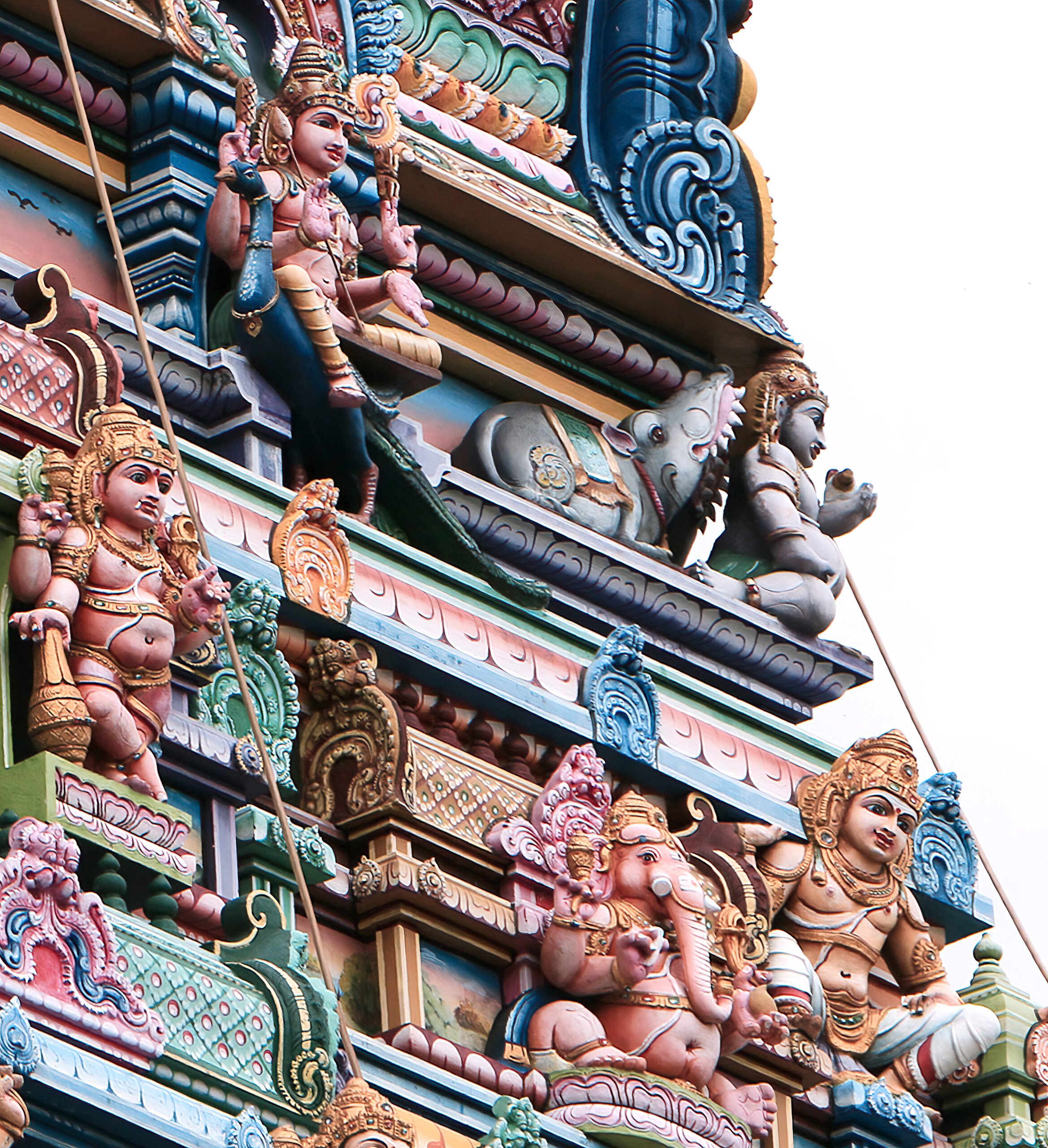
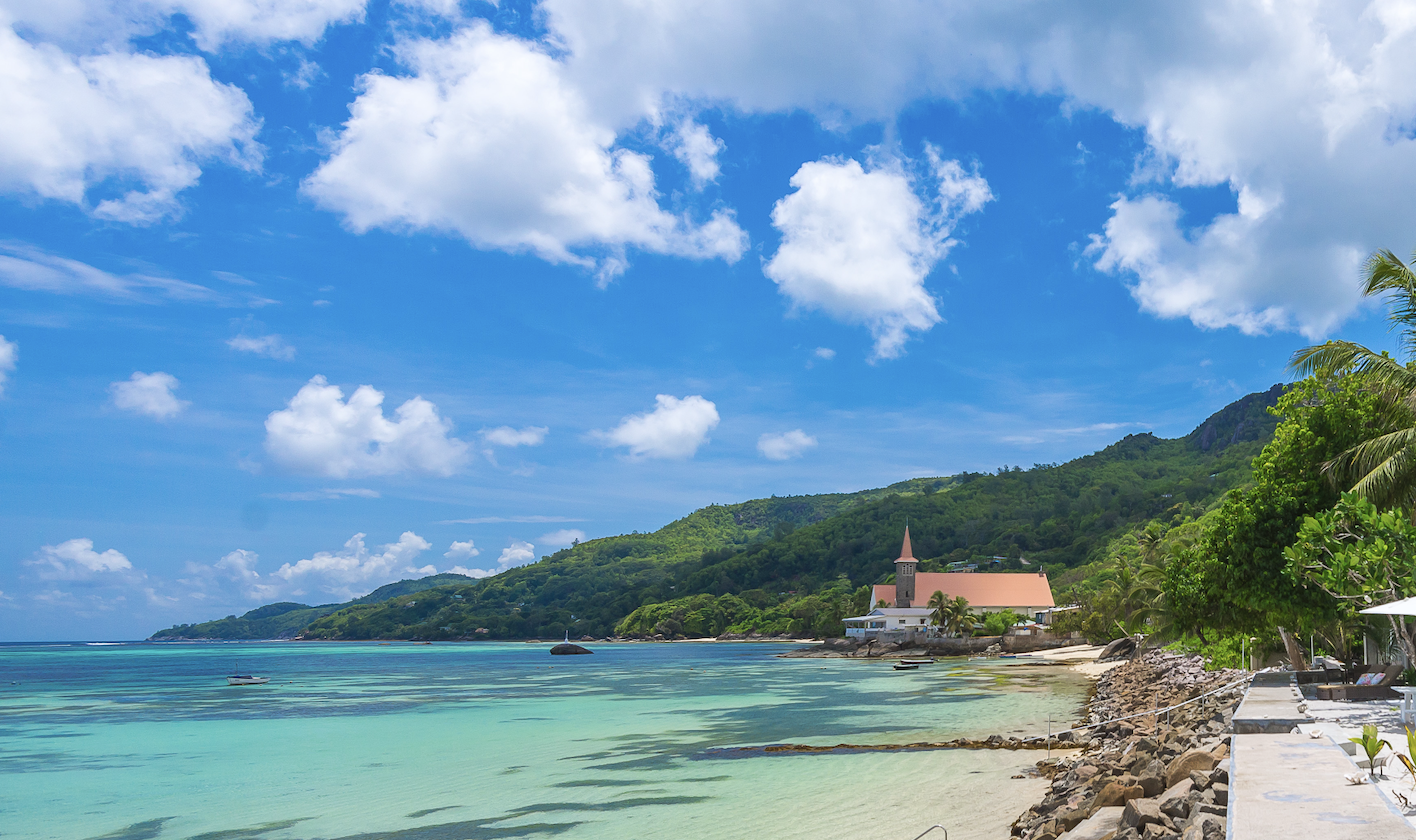
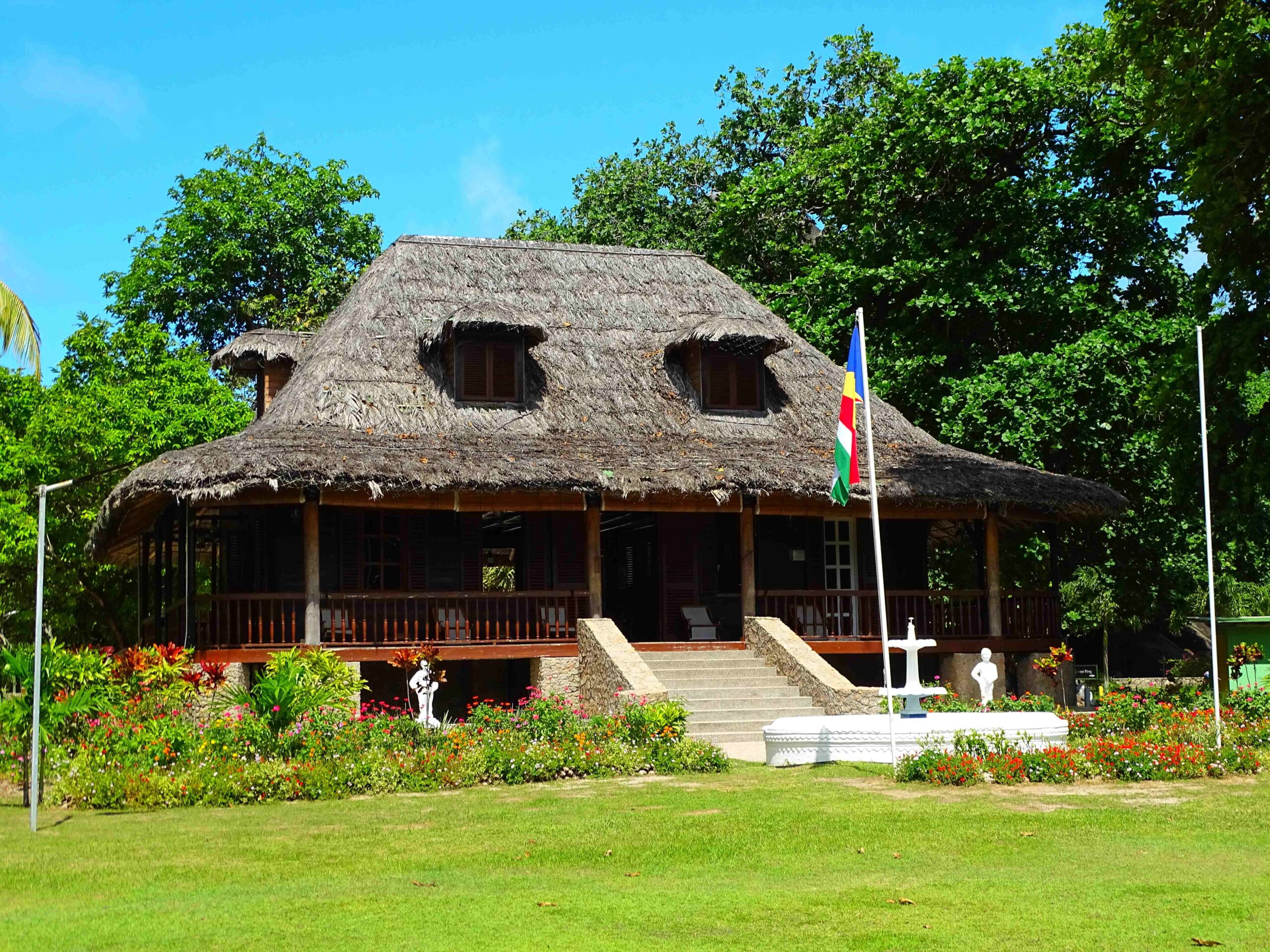

Architecture:
Traditional Seychelles’ architecture is distinctive in style and influenced by the islands colonial past.
Practical in design, traditional homes feature steeped roofs to shoot rain, wooden panelling and wide verandahs perfect for the tropical climate and outdoor living and shuttered windows to catch the island breezes.
Originally, many houses would have been roofed with thatch from the coconut plantations however these traditional methods have given way to corrugated iron sheeting when this became available.
A particular building of interest which should be visited is Kenwyn House in Victoria, Mahe. This national monument is an excellent surviving example of French colonial architecture.
The Cathedral of the Immaculate Conception and Capucine House (the residence of the Roman Catholic Bishop) are two of the most impressive vestiges of the French Colonial era still standing and should definitely not be missed.
Such art and construction styles should be placed on record as an important part of Seychelles’ history. A unique cultural treasure, to be shared with those who take the time to truly explore the secrets of these beautiful islands.



